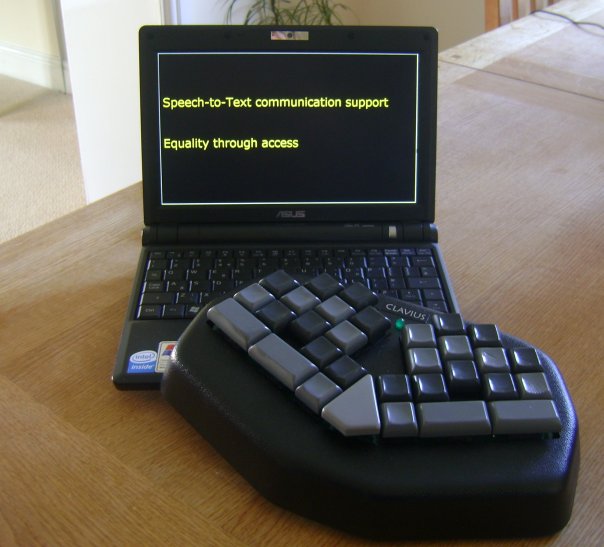The complete beginner’s guide to employing deaf people
Employing deaf people means a few simple adjustments

So, you’ve recruited a new employee who’s deaf. What next?
Here are six simple strategies to ensure effective communication in the office, meetings and on the phone.
-
Ask about their communication preferences.
Pick a random sample of 10 deaf employees and you’ll find ten different preferences for communication. Some deaf employees will need communication support such as a sign language interpreter, but many won’t. Some people prefer email communications rather than face-to-face, especially if working in an open-plan office where there’s background noise. Others prefer to speak face-to-face as they use body language to help understand what they hear. Don’t assume, just ask.
-
Find out what it’s like for your new employee at work.
Working well as a team depends on successful communication. So, it will make a big difference if your new recruit’s colleagues receive professional deaf awareness training. As well as being an eye-opener, it will also teach some basic ‘etiquette’ that will help everyone feel comfortable together.
-
Plan your office.
Being deaf at work can be isolating, so it makes sense not to give a deaf employee a desk facing a wall, or with their back to the rest of the team. Being deaf also has safety implications, so ensure at the very least that your new recruit has a couple of buddies who will alert them to any fire or bomb alerts. A better solution when employing deaf people is to give them the independence of a flashing alarm or pager which activates if they need to clear the building.
-
Manage your meetings
When you’re employing deaf people, meetings can be fraught with misunderstandings if they are not managed properly. Deaf people manage meetings in a variety of ways. Some can hear well enough with a combination of lip reading and assistive devices, such as a loop or Roger Pen. In this case establishing a meeting etiquette will make a big difference to their experience, such as ensuring participants raise their hands before they speak and don’t talk over each other. Other deaf employees need additional help, such as live captioning, sign language interpreters, or lip speakers. Find out your employee’s preference well before the first meeting.
-
Don’t assume they can’t use the phone.
Some deaf employees are comfortable using the phone either with just their hearing aids or using assistive devices. Others need extra help to understand what is being said. Remote live captioning via a Skype call or teleconference call enables deaf employees to relate to any number of participants, and participate fully. All they need is a tablet, laptop or smartphone to receive real-time captions word for word, with a time gap of less than one second.
-
Don’t panic about the cost of these adjustments.
Depending on the country you’re in, there may well be funding available towards the cost of the captioning, assistive equipment and communications support you’ll want to consider when employing deaf people.
To find out how remote live captioning can help your deaf employees communicate well by phone and in meetings, email us at bookings@121captions.com or call +44 (0)20 8012 8170.











Leave a Reply
Want to join the discussion?Feel free to contribute!